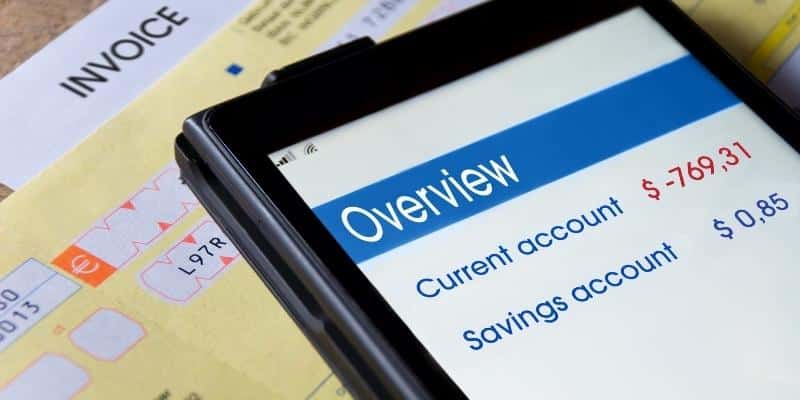
“My bank account is overdrawn and I have no money”, what do I do? are you finding yourself asking this very question?
If you’re like most people, your bank account is overdrawn at some point during the year. In fact, a recent study found that over 60% of Americans have had an overdrawn bank account in the past.
While many people believe that overdraft fees are simply a way for banks to make money off of their customers, there are actually several reasons why banks offer overdraft protection services.
In this article, we will take a closer look at what bank overdraft fees are and how they can impact you financially.
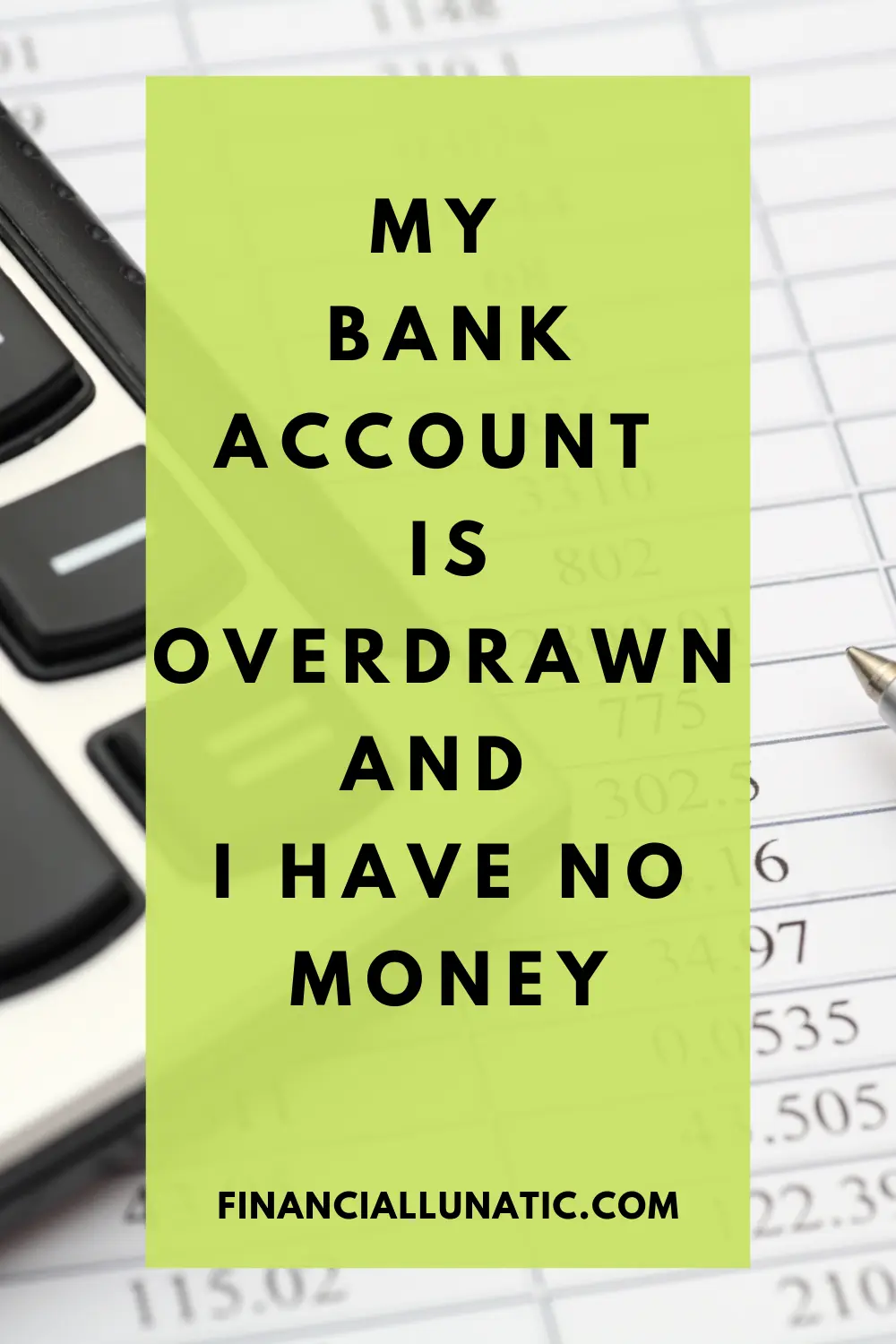
Overdraft protection Overview
Overdraft protection is a service that banks offer to their customers. When you sign up for a checking account, you’ll have the option to add overdraft protection.
This service will ensure that your transactions go through, even if you don’t have enough money in your account to cover them.
When you don’t have overdraft protection, fees may apply. In the event that you spend more money than your bank account permits, you’ll be charged an overdraft fee.
The amount of the fee will depend on your bank, but they typically range from $30 to $45. If you have more than one overdraft in a single day, you may be charged multiple fees.
Types of overdraft protection
There are typically two types of overdraft protection:
Linked accounts: Overdraft protection can be provided by a checking account linked to another, often a savings account or line of credit.
If you don’t have enough money in your checking account to cover a transaction, the funds will be transferred from the linked account to cover the difference.
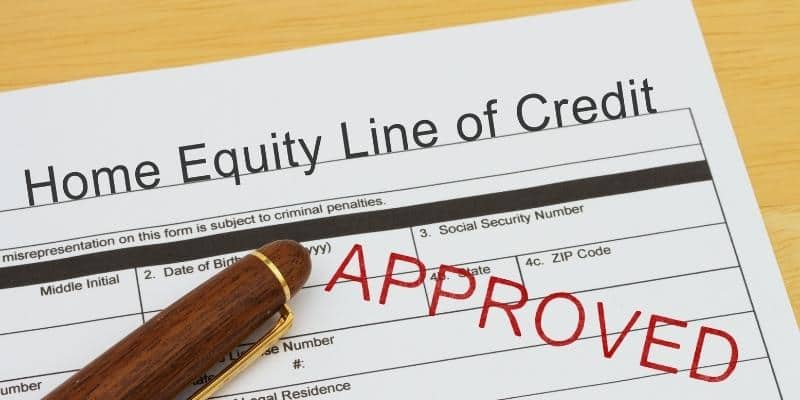
Overdraft line of credit: This type of overdraft protection gives you a line of credit that you can tap into when needed. If you don’t have enough money in your checking account to cover a transaction, the funds will be borrowed from the line of credit.
While overdraft protection can be a helpful service, it’s important to remember that it comes with fees.
If you use your overdraft protection, you’ll be charged interest on the funds that are borrowed. In addition, you may be charged a monthly fee for having the service.
Before you decide whether or not to sign up for overdraft protection, be sure to talk to your bank about the fees associated with the service.
It’s also a good idea to review your account history to see how often you’ve been overdrawn.
If you’re only occasionally overdrawn, you may not need the service. However, if you’re frequently overdrawn, it may be worth the fees to have the protection in place.
Bank Overdraft Fees Overview
An overdraft charge is a bank charge you incur if your checking account balance is insufficient to cover all of your purchases.
For example, if you write a check for $100 but only have $50 in your checking account, the bank may charge an overdraft fee of up to $40.
Overdraft fees typically range from $20 to $45, depending on the bank. If you have more than one overdraft in a single day, you may be charged multiple fees.
Types of Overdraft Fees:
Basic Overdraft Fee: When you have an account that is overdrawn and goes into negative territory, your bank charges you a basic overdraft fee. The cost of an overdraft ranges from $20 to $45.
Non-Sufficient Funds Fee: The non-sufficient funds fee is charged when you write a check or make a purchase with your debit card, and there are insufficient funds in your account to cover the transaction. The non-sufficient funds fee is typically $20 to $40.
Extended Overdraft Fee: If your account is overdrawn for an extended period of time, you will be charged the extra fee. If your account is overdrawn for more than five days, you may be charged an additional $25 fee.
The Returned Item Fee: The fee for returning an item is calculated when a check or electronic transaction is attempted to be processed, but there aren’t enough funds in the account.
Overdraft fees can be costly, and they can add up quickly if you’re not careful. If you’re concerned about overdraft fees, there are a few things you can do to avoid them.
First, you can opt into overdraft protection when you open a new checking account. This way, if you do not have enough money in your account to cover a transaction, it will simply be declined. Second, you can
Immediate Measures To Take When Your Bank Account Is Overdrawn, and You Have No Money:
When your bank account is overdrawn, it can be a stressful and difficult situation. However, there are some measures you can take to help ease the financial burden.
- First, you can try to negotiate with your bank. Many banks are willing to work with their customers when it comes to overdraft fees. If you have a good relationship with your bank, they may be willing to waive some or all of the fees.
- Second, you can ask for an extension on your overdraft protection. This will give you more time to bring your account back up to a positive balance.
- Do not make further use of the bank account until you have paid off the debt in full, including any fees and interest that have accrued.
Opt into overdraft protection when opening a new checking account so that if you do not have enough money to cover a transaction, it will simply be declined.
Overdraft protection is a service offered by many banks that can help protect you from overdraft fees.
20 Steps To Take to Avoid Your Bank Account being Overdrawn:
Overdrawing your account can be a costly mistake, but there are some things you can do to avoid it in the future.
My bank account is overdrawn and I have no money, step #1.
If your bank account is overdrawn and you have no money, Keep track of your account balance so that you know when you need to deposit more money.
My bank account is overdrawn and I have no money, step #2.
Second, If your bank account is overdrawn and you have no money, you can opt into overdraft protection when you open a new checking account.
This way, if you do not have enough money in your account to cover a transaction, it will simply be declined.
My bank account is overdrawn and I have no money, step #3.
Third, If your bank account is overdrawn and you have no money, you can link your checking account to a savings account or line of credit so that if you do overdraw your account, the funds will automatically be transferred over.
My bank account is overdrawn and I have no money, step #4.
Fourth, If your bank account is overdrawn and you have no money, try to avoid using your debit card for a period of time. This will help you stay within your available funds and avoid any fees.
My bank account is overdrawn and I have no money, step #5.
Fifth, if you do need to use your debit card, try to make small purchases so that you don’t deplete your account balance too much.
My bank account is overdrawn and I have no money, step #6.
Sixth, If your bank account is overdrawn and you have no money, keep in mind that some ATM withdrawals and debit card transactions may take a few days to go through.
So, if you are close to your account limit, these types of transactions could put you over the edge.
My bank account is overdrawn and I have no money, step #7.
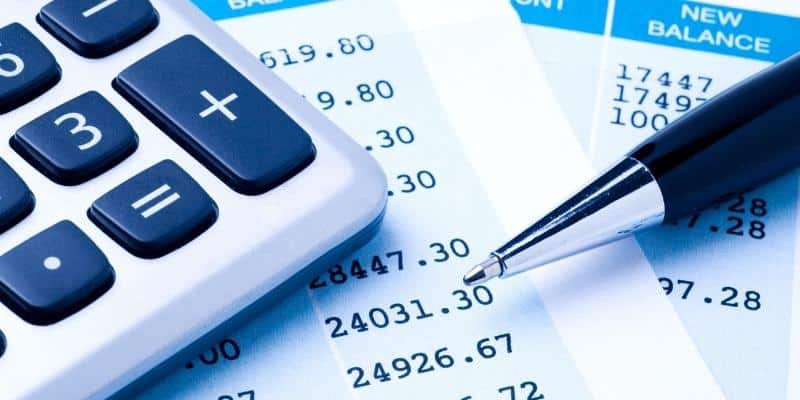
Seventh, always check your account balance before making a purchase to ensure that you have enough money to cover it.
My bank account is overdrawn and I have no money, step #8.
Eighth, try setting up text or email alerts from your bank so that you can be notified when your account balance gets low.
My bank account is overdrawn and I have no money, step #9.
Ninth, set up automatic monthly transfers from your savings account to your checking account so that you always have a cushion of funds.
My bank account is overdrawn and I have no money, step #10.
Tenth, if you are expecting to receive money soon (e.g. from a paycheck or tax refund), wait to spend it until it has cleared into your account.
My bank account is overdrawn and I have no money, step #11.
Eleventh, try to avoid making any large purchases until you have saved up enough money to cover the cost in full.
My bank account is overdrawn and I have no money, step #12.
Twelfth, if you do need to make a large purchase, consider using a credit card instead of your debit card so that you can avoid an overdraft fee.
My bank account is overdrawn and I have no money, step #13.
Thirteenth, always check your statements carefully to ensure that there are no errors and that all of your transactions are accounted for.
My bank account is overdrawn and I have no money, step #14.
Fourteenth, if you see any suspicious activity on your account, report it to your bank immediately.
My bank account is overdrawn and I have no money, step #15.
Fifteenth, make sure to keep track of any recurring monthly payments (e.g. for your gym membership or Netflix subscription) so that you can be sure to have enough money in your account to cover them.
My bank account is overdrawn and I have no money, step #16.
Sixteenth, if you are ever in a situation where you need to use your overdraft protection, try to pay it back as soon as possible so that you can avoid accruing any additional fees.
My bank account is overdrawn and I have no money, step #17.
Seventeenth, if you find that you are consistently overdrawing your account, it may be time to reevaluate your spending habits.
My bank account is overdrawn and I have no money, step #18.
Eighteenth, try to create a budget for yourself so that you can better keep track of your spending and ensure that you always have enough money in your account.
My bank account is overdrawn and I have no money, step #19.
Nineteenth, if you are having trouble sticking to your budget, there are a number of helpful apps and websites that can assist you.
Make managing money easy! Don’t go it alone! Truebill makes it easy for you to save more, spend less, and take charge of your financial life. Truebill is a FREE to use app.
My bank account is overdrawn and I have no money, step #20.
Twentieth, remember that you can always talk to your bank if you are having difficulty managing your account or if you have any questions about fees.
3 things to do in order to have money so you don’t overdraw your Bank Account
#1. Get a job:
The most obvious solution to having no money is to get a job. It may not be the best paying job or your dream job, but it will give you an income. Once you have a steady income, you can start to budget and save money.
There are a few things to keep in mind when looking for a job:
- Make sure that the job is something that you can see yourself doing long-term. You don’t want to end up quitting after a month
- Look for a job that pays well and offers good benefits. This will help you to save money in the long run.
- Try to find a job that is close to home. This will save you money on transportation costs.
#2. Start a Side Hustle:
If you’re not ready to commit to a full-time job, or if you already have a full-time job but want to make some extra money, starting a side hustle can be a great option. There are many ways to start a side hustle, and there are many different types of side hustles you can choose from.
Some popular side hustles include:
- Starting a blog
- becoming a freelance writer
- becoming a virtual assistant
- selling products online
- providing services such as dog walking or child care.
Whatever you choose, make sure it is something that you are passionate about and that you are willing to put in the work to make it successful.
Side hustles can be a great way to make some extra money, and they can even turn into full-time jobs if you’re lucky.
#3. Live below your means:
The easiest way to save money is to adhere to your budget. This implies spending less than you make and only purchasing what you require.
Some tips for living below your means include:
Making a budget and sticking to it. This will help you to track your spending and make sure that you are only spending money on what you need.
Avoiding impulse purchases. If you can wait 24 hours before buying something, chances are you don’t really need it.
Shop around for the best deals. This will help you to save money on everyday items.
Living below your means can be difficult, but it is one of the best ways to save money. If you can stick to a budget and avoid impulse purchases, you will be on your way to financial success.
More Reading: Living below your Means
Conclusion – My Bank account is Overdrawn and I have no money
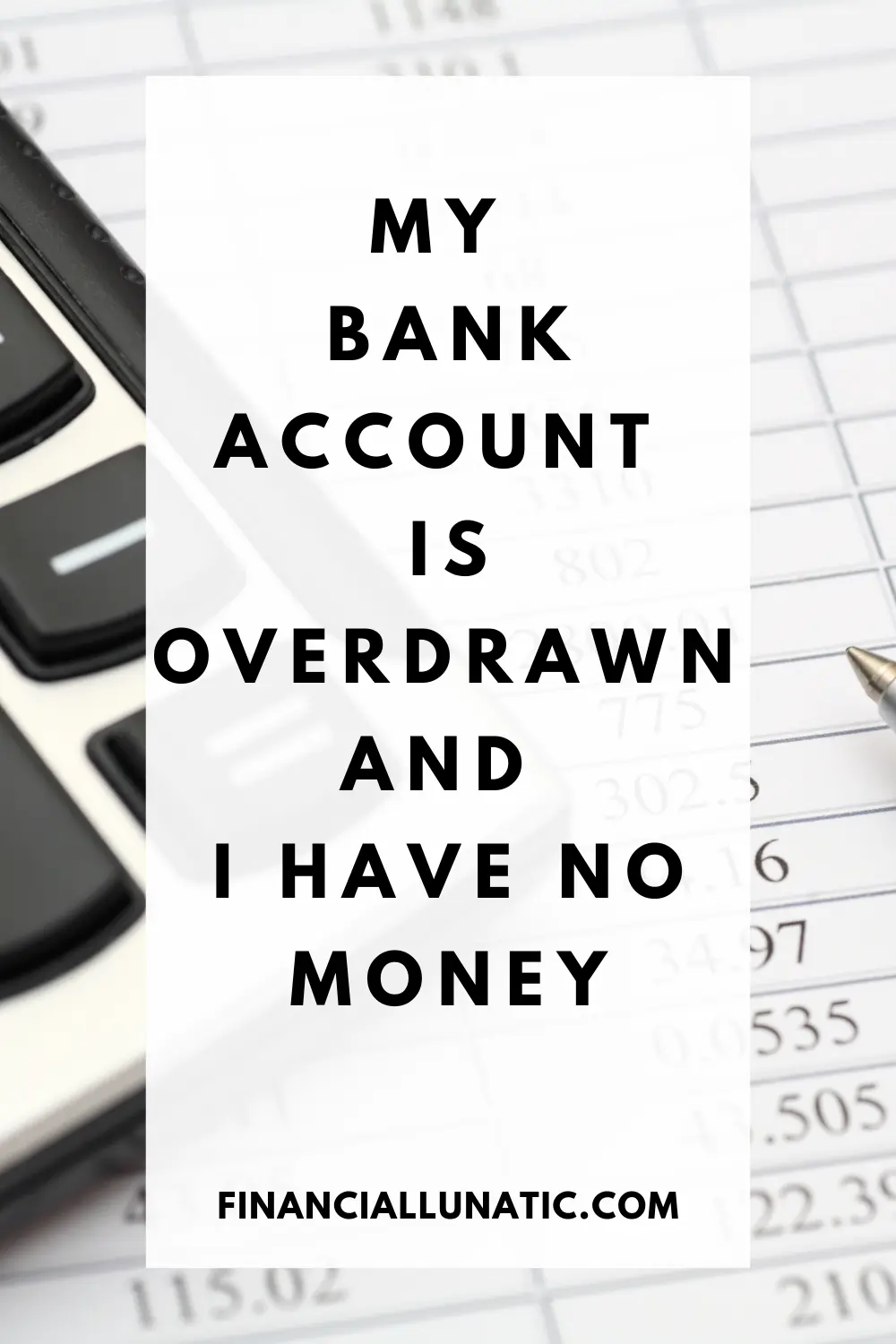
If you are concerned about accruing overdraft fees, you can take some proactive steps to avoid them. First, be sure to keep track of your account balance so that you know when you need to deposit more money.
Second, you can opt into overdraft protection when you open a new checking account. This way, if you do not have enough money in your account to cover a transaction, it will simply be declined.
Third, you can link your checking account to a savings account or line of credit so that if you do overdraw your account, the funds will automatically be transferred over.
Lastly, you can try to avoid using your debit card for a period of time. This will help you stay within your available funds and avoid any fees.
While overdraft fees can be costly, there are some measures you can take to avoid them. By being proactive and aware of your account balance, you can help keep yourself from being in a difficult financial situation.
Over to you
Do you have overdraft protection on your checking account? Have you ever used it?
What have you done to avoid overdraft fees? Let us know in the comments below!
If you found this article helpful, be sure to share it with your friends!
Latest Articles
- Why is Personal Finance Dependent Upon Your Behavior?
- Hosting an Online Garage Sale: Go from Clutter to Cash now
- 11+Cheap(or Free) things to do in retirement: Do more with less!
- Coast FIRE: Path to Financial Independence with Less Sacrifice
- Cash Stuffing Method: The Ultimate Financial Hack You Need to Know